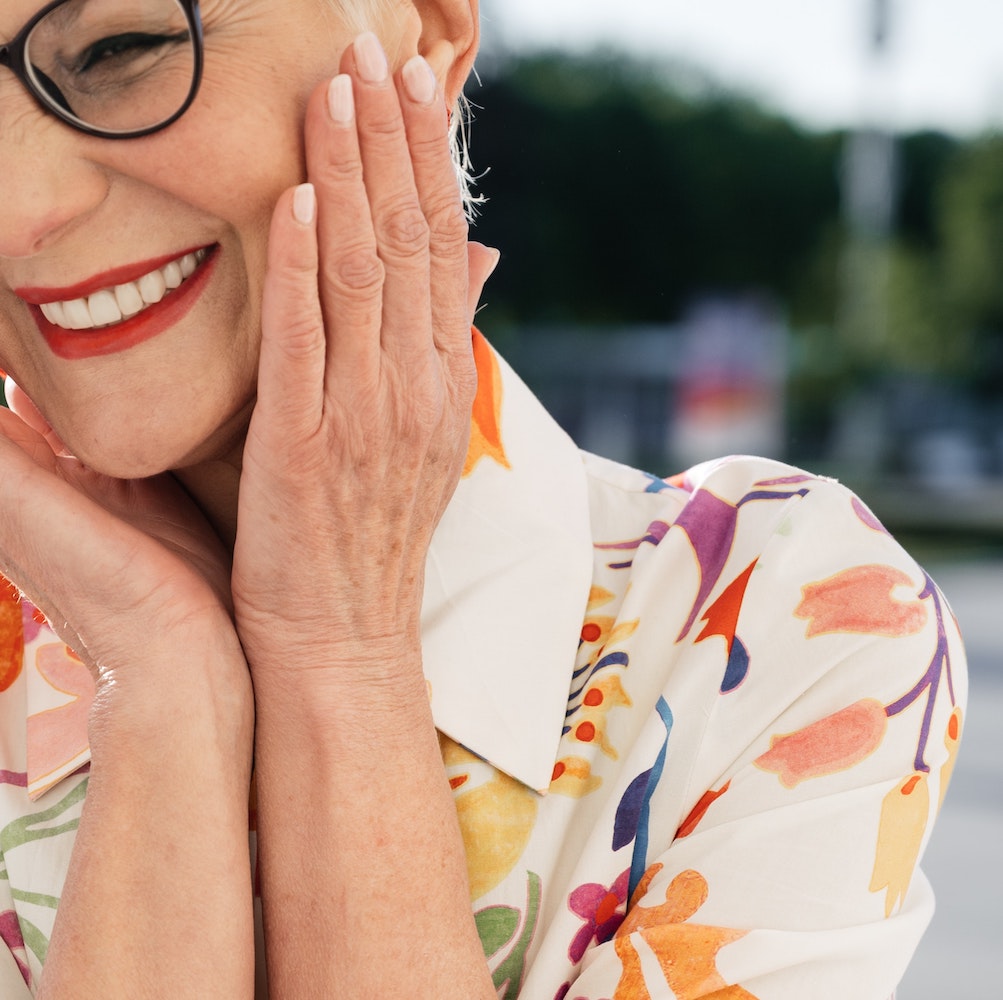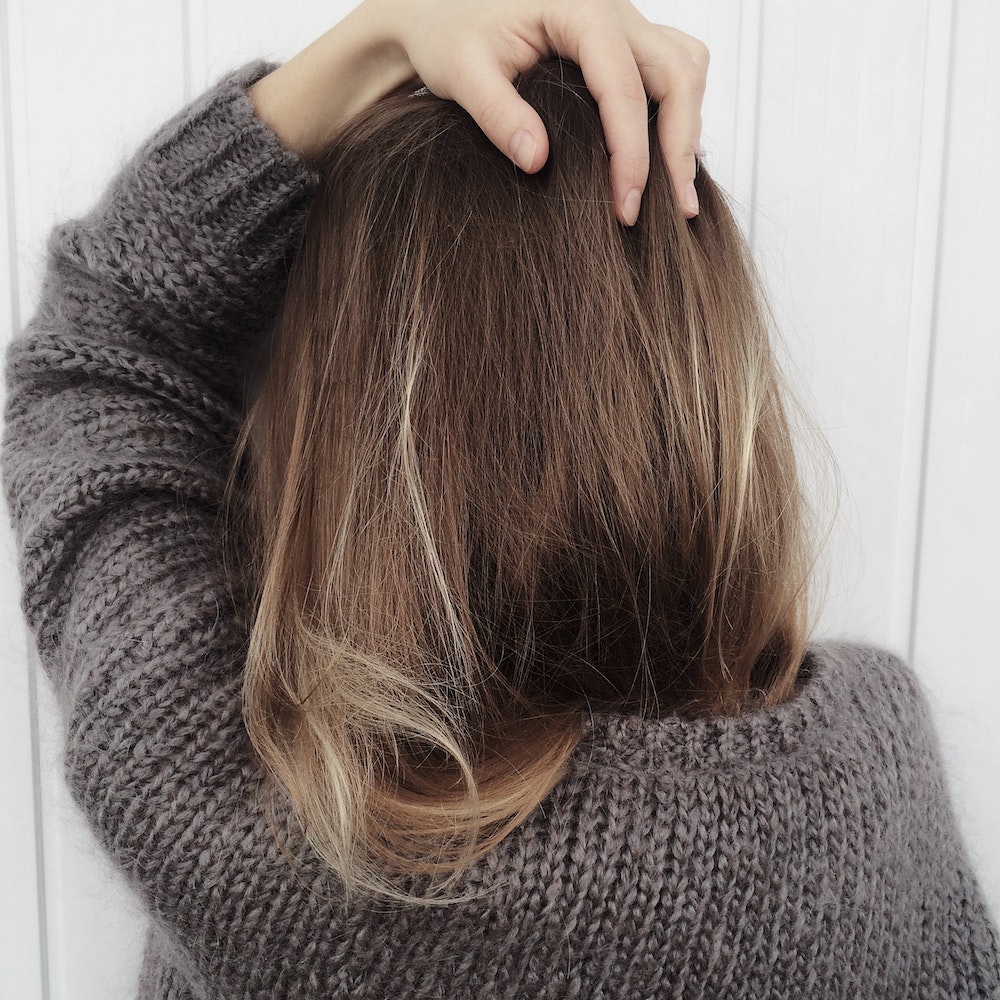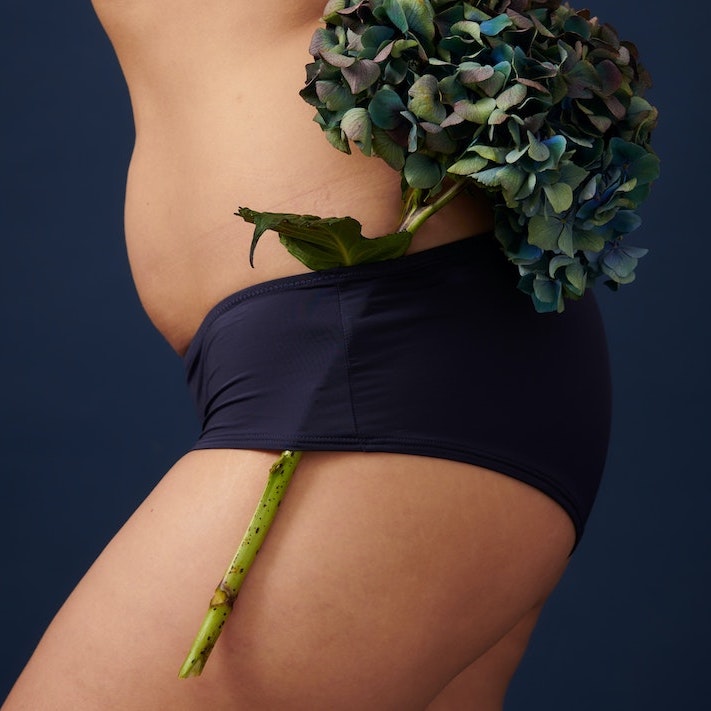TOPIC · SKIN PROBLEMS - SPOTS AND ACNE
Every week I am posting about everything you need to know about hormones. This weeks topic is skin problems – spots and acne!
This will include
- Did you knows about.. spots and acne
- Acne – a mulitsystem problem
- Acne myths
- How important is gut health
- Acne treatments – medical
- Acne treatments – natural
- What is Sebum?
- Novel and classic causes of acne
- Amazing acne skin care
- Happy gut supplements
- Skin care for acne skin
- What affects the production of sebum?
- When do pimples and spots become acne?
Meet Sally and get to know all about acne
Intro Spots and Acne week
Natural, lifestyle treatments
How important is gut health
The fundamental cause of acne
Acne a multi organ system disease
Did you knows about.. spots and acne
- Acne is the most treated skin problem
- Is not just a problem for teenagers
- Many suffer with this later in life
- Usually those with oily skin but anything that clogs the pores can result in acne
- BUT oily skin ages better and with less wrinkles
- 80 percent of all people will have an acne breakout at some point in their lives
- Acne can be devastating and life-altering, resulting in clinical depression and low self-esteem.
- As many as 80% of those with acne have gut dysbiosis
- Acne is a multi-system-problem
- There is a Skin, Gut, Brain axis – these organs talk together and work together
Acne – A Multi System Problem
More recent clinical studies show that the over production of sebum, the fundamental cause of acne is not just because of excess Androgens.
Studies show many other systems can be involved which can lead to a more personal treatment approach in the future.
The involved systems which communicate with each other
Nervous system – emotions such as nervousness, anxiety, depression, etc can increase signalling molecules directly in the sebaceous glands which increase sebum production
Immune system – local reactions or messages from other areas, such as the gut increase of pro-inflammatory molecules in skin cells which increase inflammation and sebum
Hormone system – increases in Cortisol due to stress and in Insulin due to blood sugar problems will increase Androgens Testosterone and DHT which increases sebum production
Gut – dysbiosis in gut bacteria create ‘leaky gut’ low stomach acid, and or SIBO via the connection between the Gut and Skin immune systems (called Gut Skin Axis) will increase the risk and development of acne
Liver – poor liver clearance of Androgens Testosterone and DHT will increase hormone levels and sebum production
Acne Myths
- “Only teenagers get acne”
NO – though frequent in adolescents, people of all ages get acne - “Acne is caused by dirt”
NO – in fact, washing too frequently or scrubbing can irritate skin and make acne worse - “Diet does not cause acne”
NO – diet can cause and exacerbate acne, especially high sugar diets - “Stress causes acne”
YES – and can make it worse - “Popping pimples makes them go away sooner”
NO – squeezing can lead to additional inflammation, infection and scarring - “Getting a tan helps clear up acne”
YES and NO – moderation is good but prolonged UV exposure can increase acne - “Acne will go away on its own”
NO without treatment and guidance, acne often progresses and worsens - “Acne only affects people with oily skin”
NO – all skin types can have pimples, blackheads and whiteheads and suffer from acne - “Sweating helps clear acne”
NO – it can make it worse
How important is gut health?
VERY! As many as 80% of those with acne have gut dysbiosis – WOW..
Common Gut problems that create Acne
- Leaky gut – a variety of skin conditions including acne
- Gut dysbiosis – a variety of skin conditions including acne
- SIBO / small intestine bacteria overgrowth – acne
- Hypochlorhydria / low stomach acid – acne
- Fungal overgrowth – a variety of skin conditions including acne
Common Gut problems that create other Skin problems
- High H. pylori – hives
- Parasites – hives, dermatitis, and itching skin
- IBD, such as ulcerative colitis and Crohns – erythema nodosum – red nodule on both shins
- Celiacs – dermatitis, hives, psoriasis, vitiligo
- Etc.
Acne Treatments · Medical
Aim – reduce sebum production and or treat the bacterial overgrowth
- The medications reduce sebum / oil production and swelling and / or treat bacterial infection.
- Results may take 4 to 8 weeks
- With severe acne the medical approach can be important to control the acne but be sure to follow up with the necessary lifestyle changes to control reoccurrence
Topical medications
- Vitamin A creams, gels and lotions prevent plugging of hair follicles, can increase skin sun sensitivity, also cause dry skin and redness
- Antibiotic creams kill off skin bacteria thus reducing redness and inflammation
- Azelaic acid and salicylic acid creams has antibacterial properties and may prevent plugging
- Steroid injections for nodular and cystic acne – side effects may include skin thinning and discoloration in the treated area.
Oral medications
- Antibiotics, such as tetracycline
- Vitamin A, such as Accutane / Isotretinoin – shrinks the sebaceous glands but not without serious side effects, such as inflammatory bowel disease, depression and severe birth defects, etc.
- The contraceptive pill to control hormone fluctuations during the cycle
- Anti-androgen to block the production of DHT
Acne Treatments · Natural
Aim – reduce and / or prevent increased sebum production. Start with the gut
- Heal the gut
- 7 days bone broth diet
- Elimination diets – sugar, gluten, all seeds, grains and pulses possibly dairy
- Replenish stomach acid. See product
Supplement
- See info: Happy Gut Supplement
De-stress
- Awareness – why are you stressed
- Tools to relieve emotional and physical stress, such as mindfulness, dancing, singing, walking in nature, etc anything to stimulate the Vagus nerve which aids rest and digest
Test hormone levels
- Cortisol
- Androgens – Testosterone and DHT
- Estrogen
- Progesterone. See product
Specific supplements for hormones (check hormone levels first don’t guess)
- Vitex Agnus Castus for Progesterone regulation. See product
- Saw Palmetto for DHT regulation. See product
Monitor blood sugar
- Maintain levels between 4 – 7 mmol/L as much as possible
Gentle and effective skincare routines
- See info – Acne Skin Care
What is Sebum?
What is Sebum?
- Sebum is an oily substance produced in the sebaceous glands
- It mixes with fat molecules to form a protective coating on the skin’s surface
- These fats help moisturize and hydrate the skin and protect it from UV radiation, free radicals, inflammation and potentially harmful bacteria and fungi
- The sebaceous glands are connected to hair follicles
- And there’s lots of the – up to 900 per square cm, especially face, scalp, and chest
- The little cells in the sebaceous glands commit suicide as they produce sebum
- The growing hair pulls the sebum up to the surface of the skin
- Sebum production fluctuates
- Sebum production peaks shortly after birth and decreases within the first week of life
- Sebum production spikes during puberty
- Sebum levels naturally decline with age.
Sebum – The Good, The Bad and The Ugly
The Good
- Combats inflammation
- Keeps the skin moist, which promotes skin hydration and flexibility
- Transports fat-soluble antioxidants, such as Vit E to the surface of the skin to protect against the damaging effects of free radicals
- Sebum is slightly acidic, with a pH of between 4.5 and 6.0 which prevents harmful bacteria and viruses from penetrating the skin.
The Bad
- An overproduction of sebum can lead to oily skin
- Oily skin can make the pores look larger
- The skin appears greasy or shiny
The Ugly
- Excess sebum combined with dead skin cells can form a plug inside the pore
- The plug creates blackheads and pimples
- The plug also traps bacteria in the pore, which can lead to inflammation and redness
- Eventually, the blocked pore ruptures, spilling bacteria, sebum, and dead skin cells into nearby tissue
- Creating acne lesions that may be pustular, cystic and painful
- Scarring
Novel and Classic causes of Acne
Mask-acne
A side-effect of wearing of masks due to bacteria build up under the mask
Cosmetic-acne
A side-effect of using cosmetics with comedogens that block pores
Detergent-acne
A side-effect of too frequent face washing / cleansing / scrubbing which can increase skin pH levels and sebum production
Hairline-acne
A side effect of using comedogen shampoos and balsams
Telephone-acne
A side-effect of too frequent, long phone conversation due to bacteria and sweat between the phone and the ear/cheek
Clothes-acne
A side-effect of persistent use of tight even damp clothes, such as sports clothing
Vitamin-acne
A side-effect of an overdose of Vitamins B2, B6 and B12
Drug induced-acne
A side-effect of anti-tuberculous, anti-epileptic and anti-psoriasis medication
Work related-acne
A side-effect of working with oil, petroleum, tar and chlorides
Androgen-acne
A side-effect of an overproduction of Androgen hormones, especially DHT DiHydroTestosterone, often genetic
Emotional-acne
A side effect of the stress reaction in the skin cells due to emotional stress
Menstrual-acne
A side effect of the hormonal imbalance often created by lower Progesterone
Sweet-acne
A side-effect of a diet high in sugar and processed carbohydrates
Gut-acne
A side-effect of gut dysbiosis and low stomach acid often due to a diet filled with grains, seeds and pulses.
Amazing Acne Skin Care
Routines and product recommendations from Skin Care Company Amazing Space
Day care
- Cleanse with – Palmarosa Mousse
- Tone with – Green Tea Boost
- Hydrate with – Formula A serum
- Hydrate with a few drops of Pure Oil Infusion Problem skin
- Day cream/gel if you feel you need more, such as Liquid Moist in the summer and Formula C in the winter
Night care
- Cleanse with – Palmarosa Mousse
- Tone with – Green Tea Boost
- Hydrate with – Formula A serum
- Hydrate with a few drops of Pure Oil Infusion Problem skin
Weekly care – 1-2 times
- Miracle Mask – with deep micro-peeling affect (contain beta-hydroxy acid, glycolic acid and salicylic acid)
- Red Clay Mask – pore minimizing
All products are from Amazing Space, and can be bought online.
Happy Gut Supplements
NB! It is always best to get the nutrients from food (and sunlight) as foods contain co-factors that help with absorption and utilization. Click and see product!
Glutamine is utilized for fuel by gut and immune cells
Butyrate is produced by gut bacteria and utilized for fuel by the cells of the colon
Zinc helps maintain the structure of cell membranes and thereby reduce gut barrier permeability
Berberine can reduces glucose absorption in the gut and regulates gut bacteria
Probiotics can help rebalance gut microbes and other microbes
Use code HEALTHYSKIN and get 15% discount.
Skin Care for Acne Skin
- Daily cleansing with a mild gel or mousse – avoid oil- or alcohol-based cleansers
- A tonic with antiseptic and antioxidant effect
- Creams and oils with calming extracts such as aloe vera and camomile, to prevent redness and irritation
- Careful with direct sun exposure which can increase hyperpigmentation and scarring
- Use factor spf. 30 (uv-a + uv-b) when in direct sun
- Avoid comedogens products that contain petrolatum, paraffin, vaseline and mineral oils
- Use oils and creams with easy absorbable plant oils which are non-comedogenic
- A-vitamin in serums aid healing
- B3-vitamin in serums increase cell turnover
- Blue LED light can reduce activity in the sebaceous glands, and kill acne bacteria Cutibacterium acnes (p.acnes)
- Red LED light decreases inflammation and redness.
- Microneedling with or without Red LED for acne scarring. Basically damages the skin a little, which kick-starts the skin’s natural healing response leaving you with firmer, brighter, and more even skin with fewer acne scars.
What affects the production of sebum?
- Genetics
- Hormones
- Stress
- Gut health
- Diet
- Sweating
- Skin care routines
- Use of comedogenic creams
- Poor skin hydration
When do pimples and spots become Acne?
Good question and difficult to answer as there is no standardisation as to when spots become acne apart from the severity and frequency of the spots
Acne check
- Papules – small red bumps / spots
- Pustules / Pimples – small red bumps containing white or yellow pus
- Redness around the skin eruptions
- Whiteheads (closed plugged pores)
- Blackheads (open plugged pores)
- Nodules – large, solid, painful lumps under the skin
- Cystic lesions – painful, pus-filled lumps under the skin
- Scarring of the skin
- The above all the time
- The above at regular times in the menstrual cycle
Questions? Please don't hesitate to contact me





